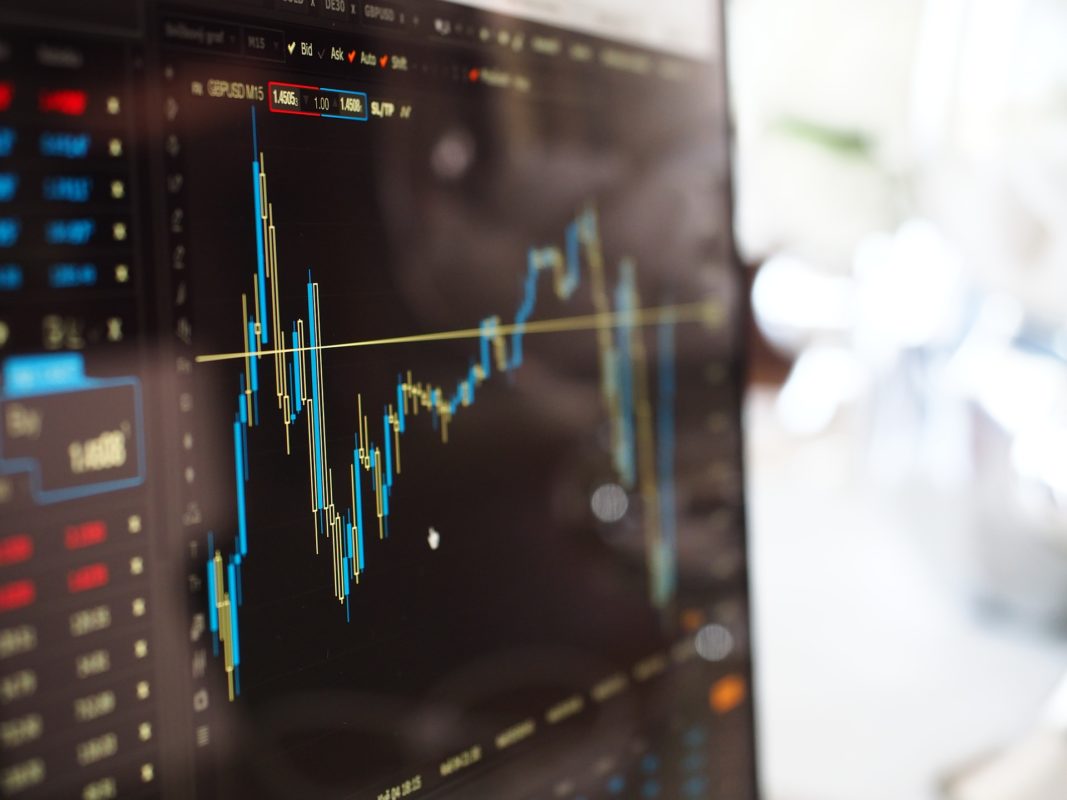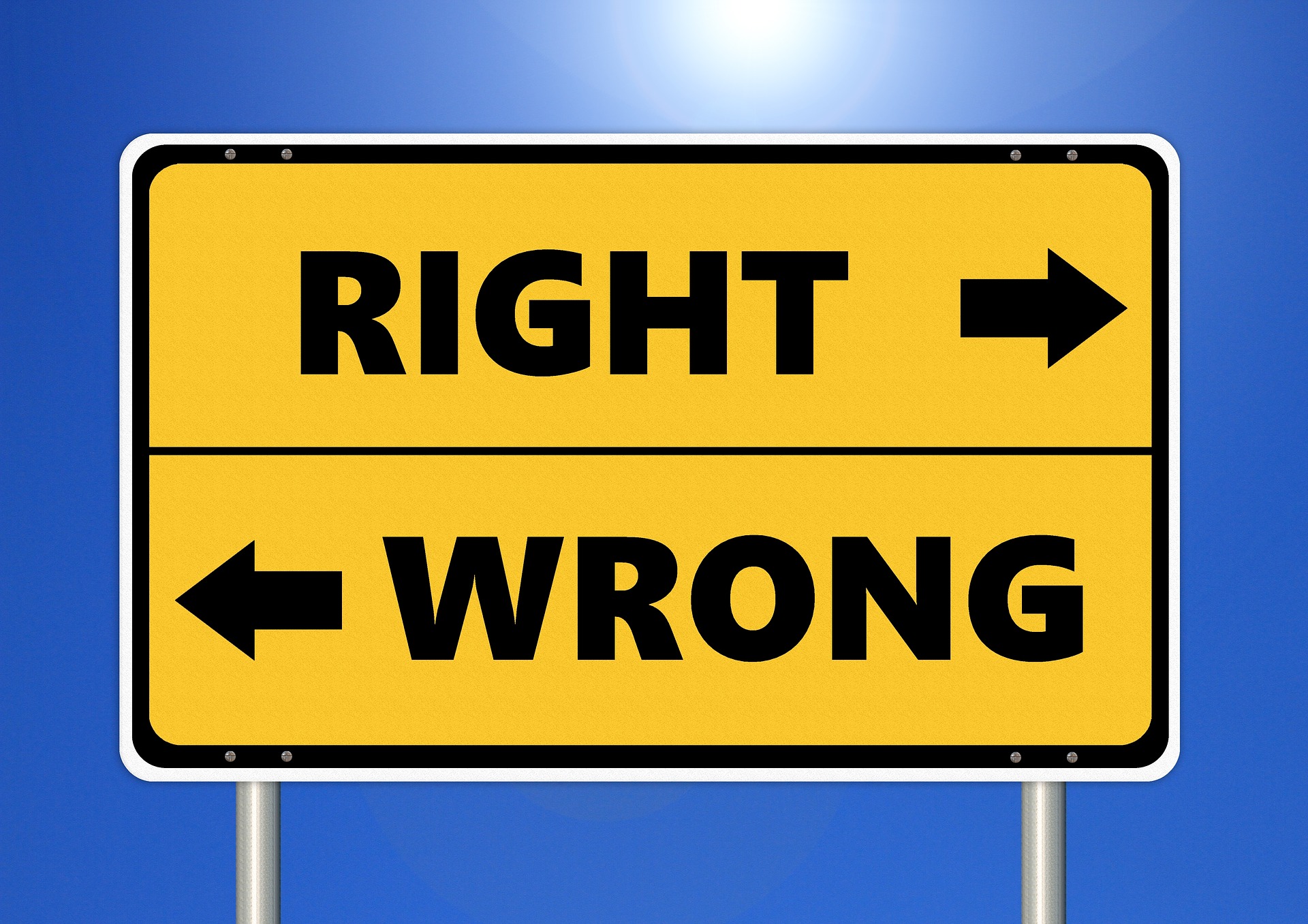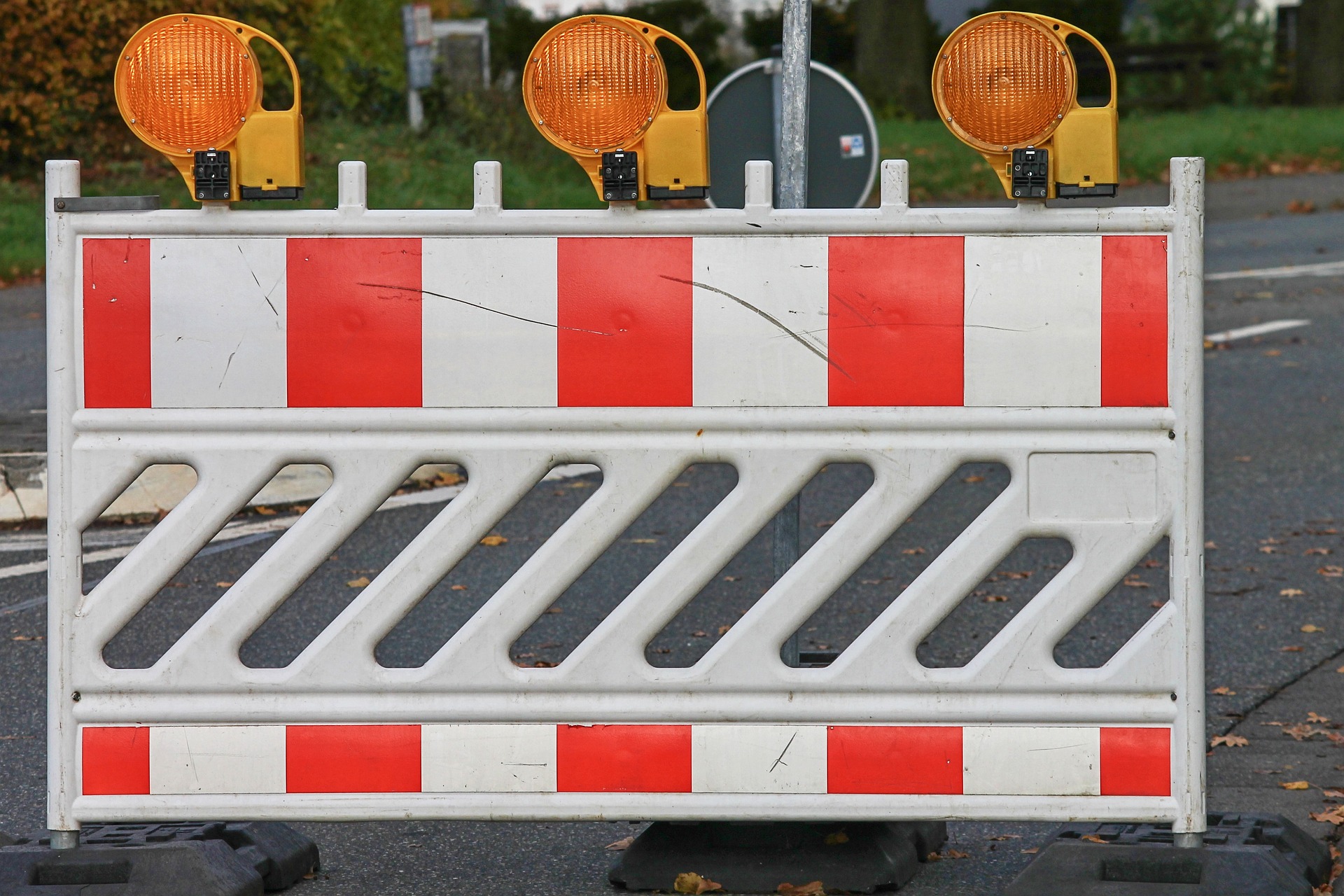With good economic news prevailing and comments from several Federal Reserve governors, bets for a rate hike at the next Federal Reserve Open Market Committee meeting have nearly tripled since Tuesday morning. Currently, the market is close to 90% sure that there will be a 0.25 percent rate increase in mid-March.
Indeed, there are fewer and fewer reasons to delay another hike. Unemployment continues to fall and inflation seems to be picking up. Internationally, things are looking up as well, eliminating some of the outside pressure on the U.S. economy.
“I think the case for monetary policy tightening has become a lot more compelling.”
– William Dudley, NY Federal Reserve President
But the Yield Curve
Still, we are slightly less sure than the market. The Treasury yield curve has actually flattened since December, indicating less confidence in longer term growth. Unless something changes, a hike in short term rates could lead to further flattening – not something Fed Chairman Janet Yellen, or anyone really, wants to see.
Market Reaction
Regardless of what happens two weeks from now, with the market so confident and Yellen scheduled to speak tomorrow there exists a high potential for a big market reaction. If Yellen’s remarks are interpreted as ruling out a March hike, we can expect to see a rally in Treasuries as traders backpedal. But Yellen has a reputation for being data-driven, so it is likely that her comments will acknowledge the progress toward the Fed’s goals, while neither confirming nor denying an upcoming hike.
Not Too Hot, Not Too Cold
The Fed has been cautious up to this point, but is reaching the point where too much caution could be detrimental and allow the economy to overheat. If the Fed does not raise its target rate in March, then a hike at the following meeting in May becomes virtually a sure thing. Such surety may in fact be what the Fed is after – though skipping March could cause some temporary turmoil, it could remove some of the speculation in the short term. This is essentially what happened in the last quarter of 2016 when it became obvious a hike would happen in December.
If things continue as they have been, a hike at the next meeting is certainly more likely than not. Treasury yields will continue to slowly tick upwards, creating some buying opportunities in the secondary bond market as traders pile further into equities.
This information is not intended to be used as the only basis for investment decisions, nor should it be construed as advice designed to meet your particular needs. You are advised to seek the advice of your financial adviser, legal or tax professional, prior to making any investment decision based on any specific information contained herein.





